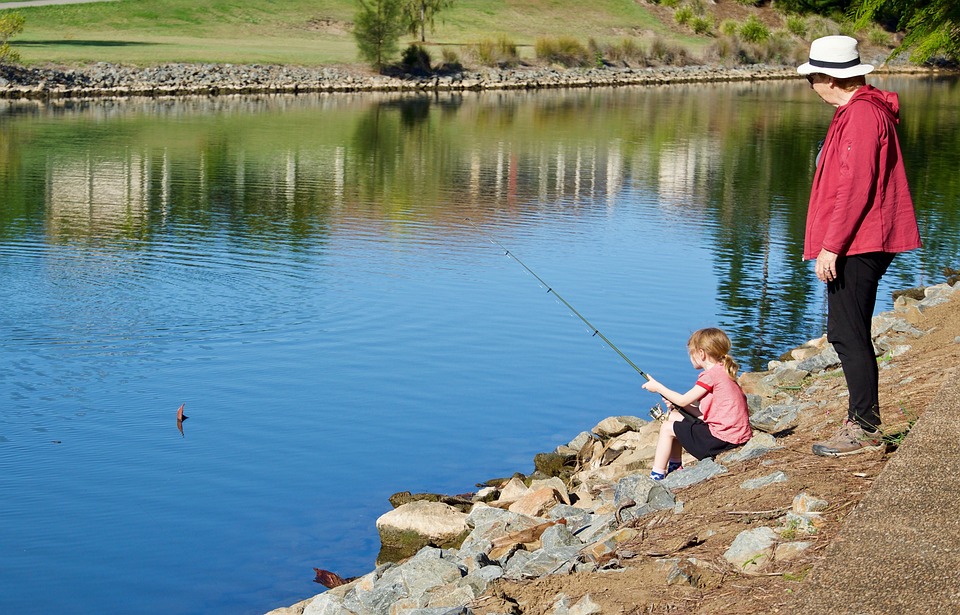In the world of fish care, providing clean water and a suitable habitat is just the tip of the iceberg. One often overlooked aspect of fish tank fish care is the importance of live food cultures. These cultures offer a range of benefits for your fish, from enhanced nutritional value to stimulating natural hunting behaviors and boosting the immune system. In this article, we will explore the fascinating world of live food cultures for fish tank fish, including their benefits, how to establish them, and how to maintain them effectively.
One of the key benefits of live food cultures is their enhanced nutritional value. Live foods offer a superior nutritional profile compared to commercial dry foods. They are rich in essential vitamins, minerals, and proteins, promoting healthier growth and vibrant colors in fish. By incorporating live food cultures into your fish’s diet, you can ensure they receive a well-rounded and nutritious meal.
In addition to their nutritional value, live food cultures also stimulate natural hunting behaviors in fish. Fish are instinctual hunters, and live food cultures provide them with the opportunity to exhibit their natural behaviors. The act of chasing live prey promotes exercise, which helps prevent obesity-related health issues in fish. Furthermore, the mental stimulation provided by live food cultures can help reduce stress and boredom in fish.
Live food cultures also play a crucial role in boosting the immune system of fish. These cultures contain beneficial microorganisms, such as bacteria and protozoa, that promote a healthy gut flora in fish. A robust immune system helps fish fight off diseases and enhances their overall well-being. By regularly incorporating live food cultures into your fish’s diet, you can help support their immune system and keep them healthy.
Establishing live food cultures for your fish tank fish is relatively straightforward. There are several types of live food cultures to choose from, depending on the size and dietary needs of your fish. Daphnia, brine shrimp, microworms, and vinegar eels are some common options. Setting up and maintaining a culture container involves providing the right environmental conditions, including temperature, lighting, and water quality. Feeding and harvesting techniques are also crucial to ensure a steady supply of live food for your fish.
While establishing and maintaining live food cultures can be rewarding, it is essential to be aware of potential risks. Regularly monitor the cultures for signs of contamination or overpopulation. To avoid introducing harmful organisms into your fish tank, source live food from reputable suppliers.
Frequently asked questions about live food cultures for fish tank fish include the optimal feeding frequency, the risk of overfeeding, alternatives to live food cultures, and the possibility of culturing multiple live food cultures simultaneously. Live food should be offered as a supplement to your fish’s regular diet, typically 2-3 times per week. Overfeeding can lead to water quality issues and health problems for your fish, so it’s crucial to monitor their feeding behavior and adjust the quantity of live food accordingly. While commercially available frozen or freeze-dried foods can serve as alternatives to live food cultures, live foods are generally considered the optimal choice for promoting fish health and vitality. Yes, you can culture multiple live food cultures simultaneously, as long as you meet the environmental requirements of each species. However, it is crucial to avoid cross-contamination and regularly monitor each culture for signs of issues.
In conclusion, live food cultures offer a range of benefits for fish tank fish, including enhanced nutritional value, stimulation of natural hunting behaviors, and a boosted immune system. While establishing and maintaining these cultures may require some effort, the benefits they bring to your fish tank fish are well worth it. Dive into the fascinating world of live food cultures and witness the positive impact they have on your aquatic companions.









